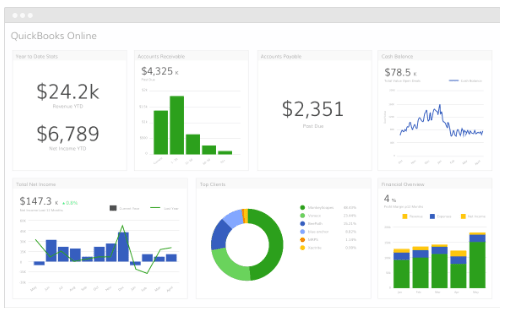
By improving product quality, manufacturers can reduce material costs while reducing warranty expenses and increasing customer satisfaction. Reducing waste helps companies save on both the cost of raw materials and disposal fees. Direct materials are the raw materials that are used to create a product. For example, if you were making a shirt, the direct materials would be fabric, thread, and buttons.
Price your products in line with the market:
It encompasses a wide range of costs, including research, design, development, testing, deployment, and ongoing support and maintenance. In this guide, we’ll show you how to calculate product cost and how doing so can help you make informed decisions about crowdfunding, refine your pricing product costs consist of strategy, and improve profitability. A comprehensive understanding of product cost offers invaluable insights into how companies can optimize their operations for success. Also, properly managing costs can directly impact customer satisfaction, product quality, and profitability.
Should You Be Trying To Be The Most Expensive In The Market?
Do you know of a restaurant that was doing really well until it moved into a larger space? Often this happens because the owners thought their profits could handle the costs of the increased space. Keeping track of product costs is critical for pricing and cost control. Read advice from restaurant owner John Gutekanst about the importance of understanding food costs and his approach to account for these in his pizzeria.
Public Accounting: Definition, Functions & Examples
- Total product costs can be determined by adding together the total direct materials and labor costs as well as the total manufacturing overhead costs.
- In this case, you may want to consider strategies to reduce product costs.
- Therefore, the costs of storing materials are part of manufacturing overhead, whereas the costs of storing finished goods are a part of selling costs.
- When a business under costs its products or services, it risks being unable to cover its costs and making a loss.
- Production costs are expenses, such as raw materials, labor, and overhead costs.
- It forms a significant part of the ‘Cost of Goods Sold’ (COGS) on the income statement, directly affecting the company’s gross profit and net income.
- It can be costly to fully build out this level of complex software and maintain it.
Almost every physical product involves direct materials, direct labor, and overhead costs, which might include indirect labor and additional expenses like utilities and equipment depreciation. For an expense to qualify as a production cost it must be directly connected to generating revenue for the company. Manufacturers carry production costs related to the raw materials and labor needed to create their products. Service industries carry production costs related to the labor required to implement and deliver their service. Royalties owed by natural resource-extraction companies also are treated as production costs, as are taxes levied by the government.
What is product cost and how to calculate (with example)
As we add changes in working capital to the cash flow statement, we indirectly add the product cost to the cash flow statement. While product costs are directly tied to the creation and development of a software product or technology solution. Period costs are the expenses that a company incurs during a specific accounting period but aren’t directly related to the product’s development. Whether it’s a one-off product or a SaaS subscription, understanding product cost is crucial for any business to succeed. Breaking down your costs into materials, labor, overhead, and other expenses reveals insights into where your money is going. Direct materials are the raw materials directly involved in the production process.

Product Costing: What it is and why it matters

Product costs are the costs of making a product, such as an automobile; the cost of making and serving a meal in a restaurant; or the cost of teaching a class in a university. Direct Labor Is the pay you would give the workers who assemble the product. This does not include any indirect costs such as benefits or payroll taxes.
Want More Helpful Articles About Running a Business?
- Direct costs are typically variable, meaning they vary in proportion to the number of goods or services produced.
- It’s usual for startup producers to select product components without fully comprehending the financial ramifications, resulting in material cost overruns later.
- You should also develop a pricing strategy that considers the unique value of your products or services.
- If businesses are overcosting their products or services, they may miss out on sales to price-sensitive customers.
- Below we discuss the ways in which firms add the cost of the product to the three financial statements using the example of Apple Inc.
- Since product costs include manufacturing overhead that is required by both GAAP and IFRS, product costs should appear on financial statements.
Understanding product cost is essential for determining the profit margin of a product. The profit margin is the amount of money a company earns after it covers its costs. If the product cost is high, the profit margin will be low, and vice versa. A company https://www.bookstime.com/ must make sure it is charging enough to cover its costs and make a profit. If a company sets its prices too low, it cannot cover its costs and may go out of business. The company pays its workers $20 per hour, and it takes two hours to make one widget.
Factory overheads become a part of product cost when converted into finished goods. Some companies may also allot them during the work-in-progress stage for products. Usually, companies avoid allocating factory overheads to units produced under the direct costing method. Factory overheads include costs incurred during the manufacturing process. These costs include materials, labor, production supplies and factory overhead.